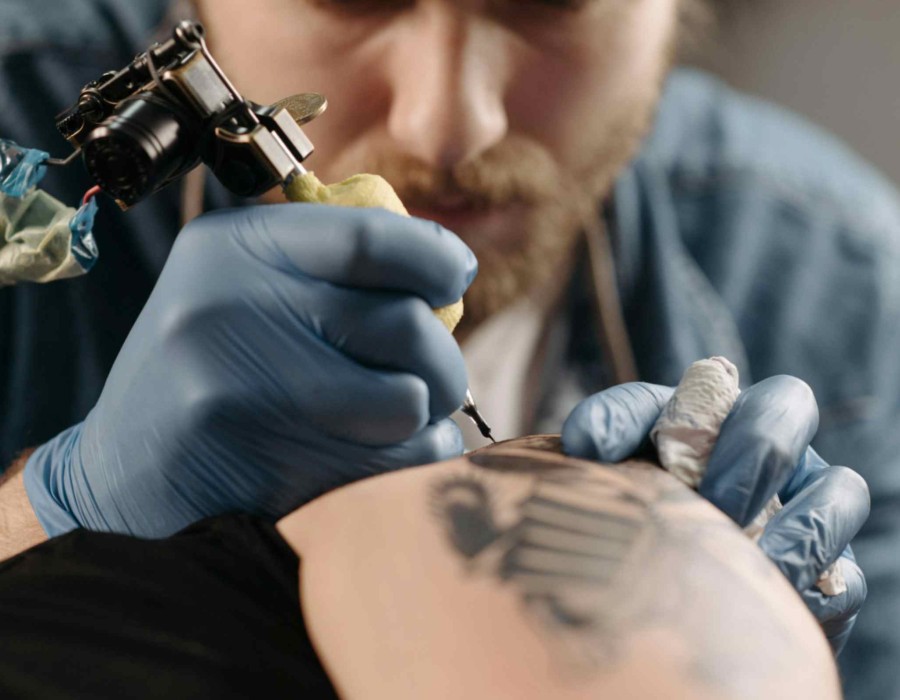For many aspiring tattoo artists, the idea of becoming self-taught rather than pursuing a formal apprenticeship can be appealing. With a wealth of information online and a proliferation of tattoo equipment for purchase, the vision of teaching oneself at home may seem not only possible but practical. However, the decision to skip a traditional apprenticeship carries implications both positive and negative that every would-be tattooist should consider seriously.
Advantages of Forgoing an Apprenticeship
Access to Flexible Learning
Self-taught artists enjoy the freedom to set their own pace and schedule. Without the obligation to adhere to a mentor’s timetable or the typical long hours cleaning studios before ever touching a tattoo machine, individuals can focus on developing their skills when and how they see fit. This flexibility can be especially beneficial for those juggling other jobs or personal commitments.
Creative Independence
Learning on one’s own can foster a strong sense of artistic identity. Rather than being molded by a particular mentor’s style, self-taught tattooists may find themselves experimenting with a wider array of techniques and visual themes. This approach often results in unique portfolios and a more diverse skill set.
Immediate Access to Equipment
Today’s market allows anyone to purchase professional-grade tattoo machines and supplies. This means artists don’t have to wait for permission from a shop owner or mentor to start practicing. For the highly motivated, this can jump-start the process of developing technical proficiency.
Potential Reduction in Costs
While apprenticing often involves paying dues in both time and money, sometimes including fees to the mentor or shop a self-taught artist may avoid some of these expenses. Money invested goes directly into personal equipment, reference materials, and practice supplies.
Drawbacks of Skipping the Apprenticeship Path
Lack of Professional Guidance
One of the most valuable aspects of an apprenticeship is direct supervision from experienced professionals. Critical feedback, hands-on technique correction, and immediate troubleshooting are tough to replicate via video tutorials or online forums. Self-taught artists may develop bad habits that go unchecked, which can lead to subpar work or even unsafe practices.
Missing Health and Safety Training
Tattooing isn’t just about artistry, it’s a procedure that involves skin penetration and significant health risks. Formal apprenticeships offer instruction in sterilization, infection prevention, and local legal standards. Without this structured training, self-taught artists risk endangering both themselves and potential clients.
Difficulty Gaining Industry Respect
Tattoos are permanent. Shops and customers both put trust in an artist’s credentials. Without an apprenticeship, it may be much harder to secure work at reputable studios or convince prospective clients of one’s professionalism. Many in the industry view apprenticeship as a rite of passage a marker of commitment and competence.
Limited Networking Opportunities
Apprenticeship is not just about learning technique; it’s an immersion in community. Working in a shop allows artistic relationships and professional connections to blossom, leading to mentorships, referrals, and future job offers. Self-taught artists often find themselves isolated, making career advancement an uphill battle.
Legal Barriers
Some regions require proof of apprenticeship or shop experience for licensure. Forgoing this step can create legal headaches that stall or completely block a budding career.
Final Thoughts
Choosing whether to skip a tattoo apprenticeship is a major decision with lasting effects. While forging a self-taught path can offer flexibility and foster originality, it also presents serious risks in health safety, career growth, and professional credibility. Success without an apprenticeship is possible but it requires immense self-discipline, a commitment to safe practices, and a proactive approach to community and learning. Those considering this alternative route should weigh their readiness to take on those challenges and the potential obstacles they might encounter. For most, the structure and support of a traditional apprenticeship remain the gold standard for launching a career that is both creative and sustainable. Check out How to Become a Tattoo Artist Without an Apprenticeship.






Comments